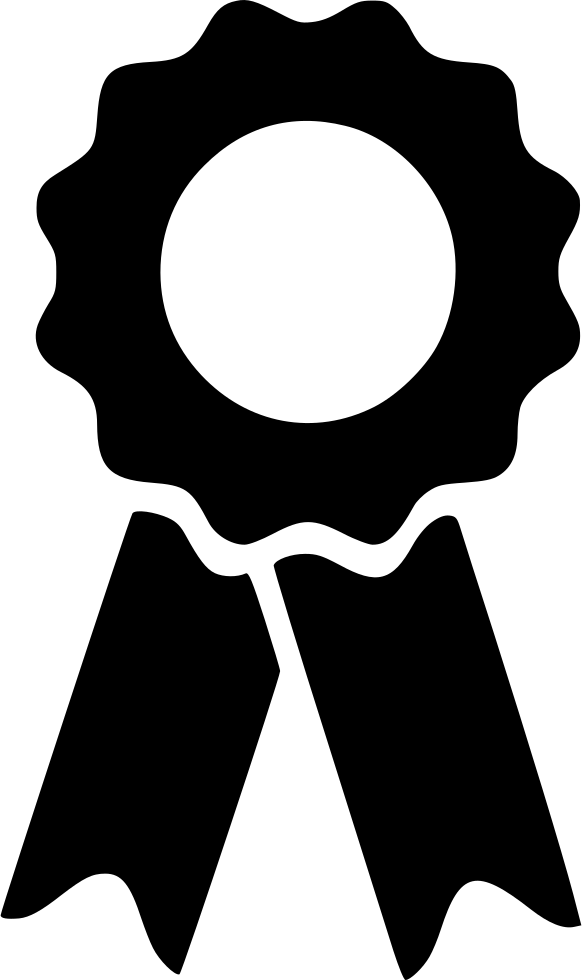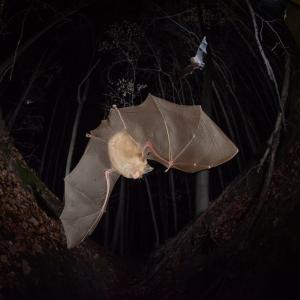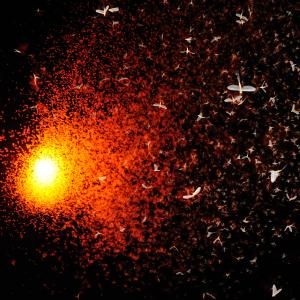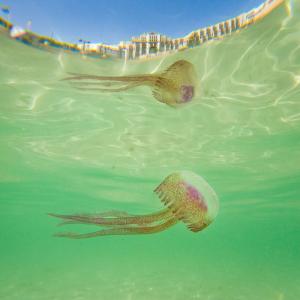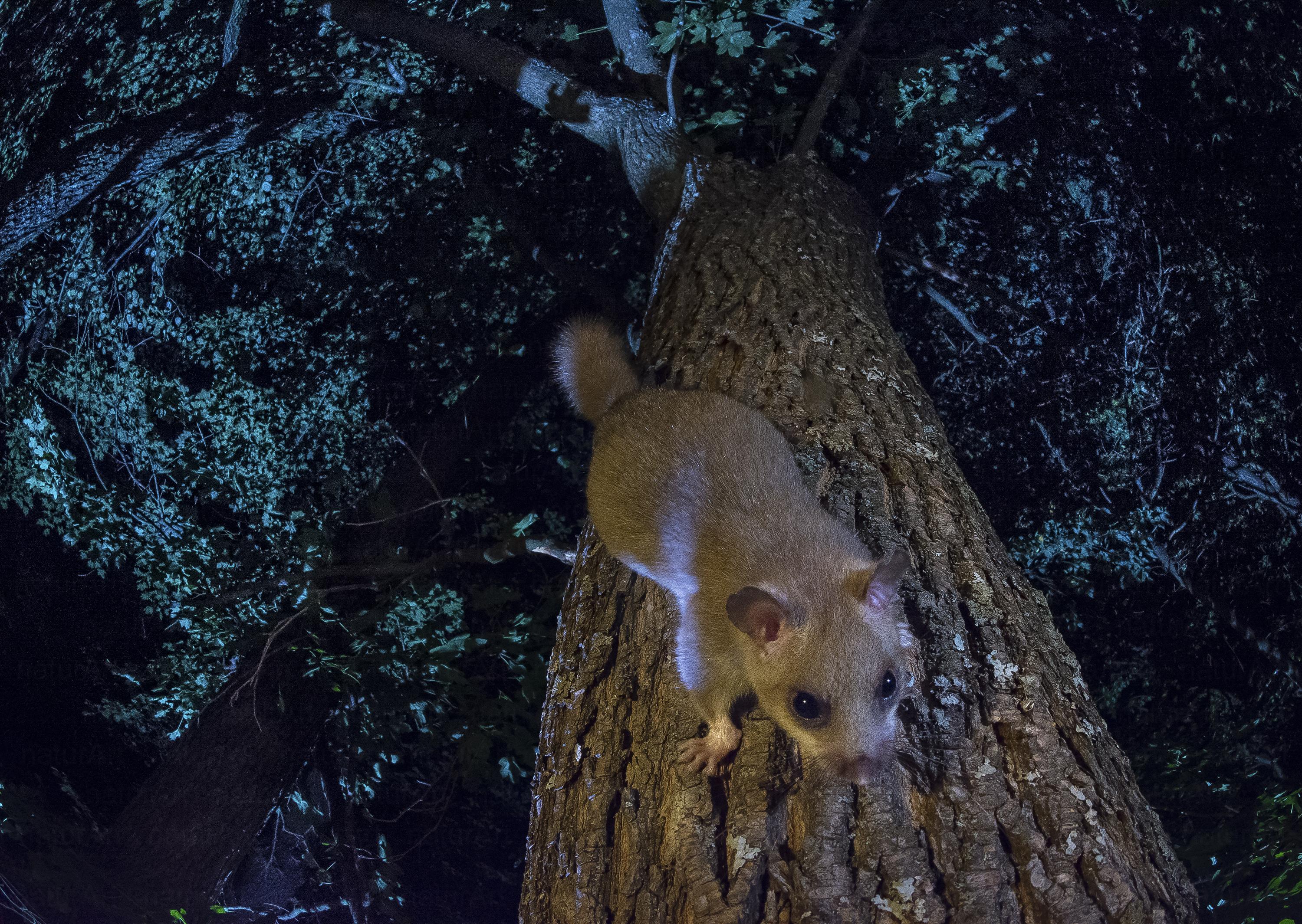
Lombkorona lakó - A canopy resident
Egy védett, rejtett életmódú kisemlős, a nagy pele surran tipikus élőhelyén, a hegyvidéki sűrű erdőben, itt éppen 5 méter magasan a lombsátorban. Az éjszakai életmódot folytató bozontos farkú rágcsáló hatalmas fekete szemével és méretes bajszával tájékozódik. Szinte sosem ereszkedik le a talajra: odafent a baglyok és a többi éjszakai ragadozó ellen védelmet nyújtó sűrű lombsátor védelmében jár, egyensúlyozik vagy éppen szökken a gyümölcsökből, makkokból álló tápláléka után, sötétedéstől pirkadatig. Nappal rendszerint egy madárodúban húzza a lóbőrt. Megfigyelése rejtett életmódja miatt nehézkes, legtöbbször csak hangja árulja el jelenlétét. Fotózásuk odafent a magasban egészen komoly felkészültséget, türelmet és technikát igényel. Itt éppen esti felfedezőútja közben a fatörzsre rögzített fényképezőgépem felé közelít. A halszemoptika frontlencséje előtt negyven centiméterrel jár, amikor az ágra telepített automatizált fénysorompó rendszer infravörös fényét hirtelen megszakítja. A vakuk megelevenednek, exponál a gép: villog az erdő, a gombszemű kisemlős pedig tovább mozog. Mivel a pele éjjelenete csak néhány alkalommal látogatott, ezért 16 estén volt kint a felszerelésem, így néha sikerült izgalmas vagy esztétikus pillanatokat is rögzítenem (Börzsöny).
A protected, hidden mammal, the European fat dormouse (Glis glis), is buzzing in its typical habitat, the dense upland forest, just 5 meters up in the canopy. A nocturnal rodent with a bushy tail, it navigates with its huge black eyes and prominent whiskers. It rarely descends to the ground: up there, under the shelter of the dense canopy that protects it from owls and other nocturnal predators, it walks, balances, or even scurries for its food of fruit and acorns from dusk to dawn. During the day, it usually roosts in a bird hide. Its hidden lifestyle makes it challenging to observe, and its presence is usually only revealed by its call. Photographing them up high requires considerable preparation, patience, and technique. On its evening exploration, it approaches my camera mounted on a tree trunk. He is forty centimeters in front of the fish-eye lens when the infrared light from the automated light-blocking system on the branch is suddenly interrupted. The flashes come to life; the camera exposes: the forest flashes, and the button-eyed mammal moves on. Since this small animal came here only a few times a night, I had my equipment out on 16 nights, so I sometimes managed to capture exciting or aesthetic moments (Börzsöny).
Gépváz:
NIKON CORPORATION NIKON D7200
Objektív:
Nikon AF 10.5mm f/2.8G IF ED DX Fisheye
